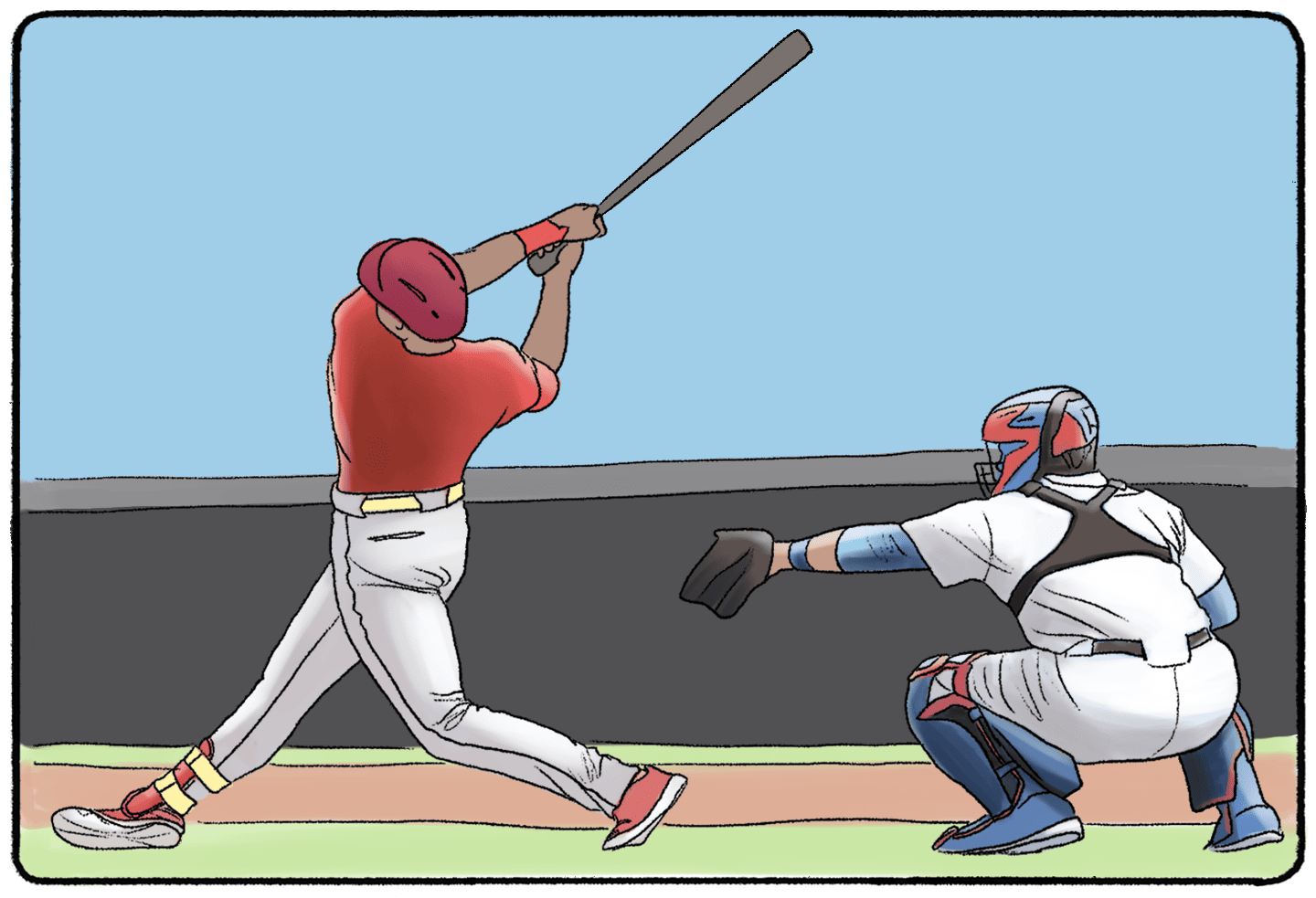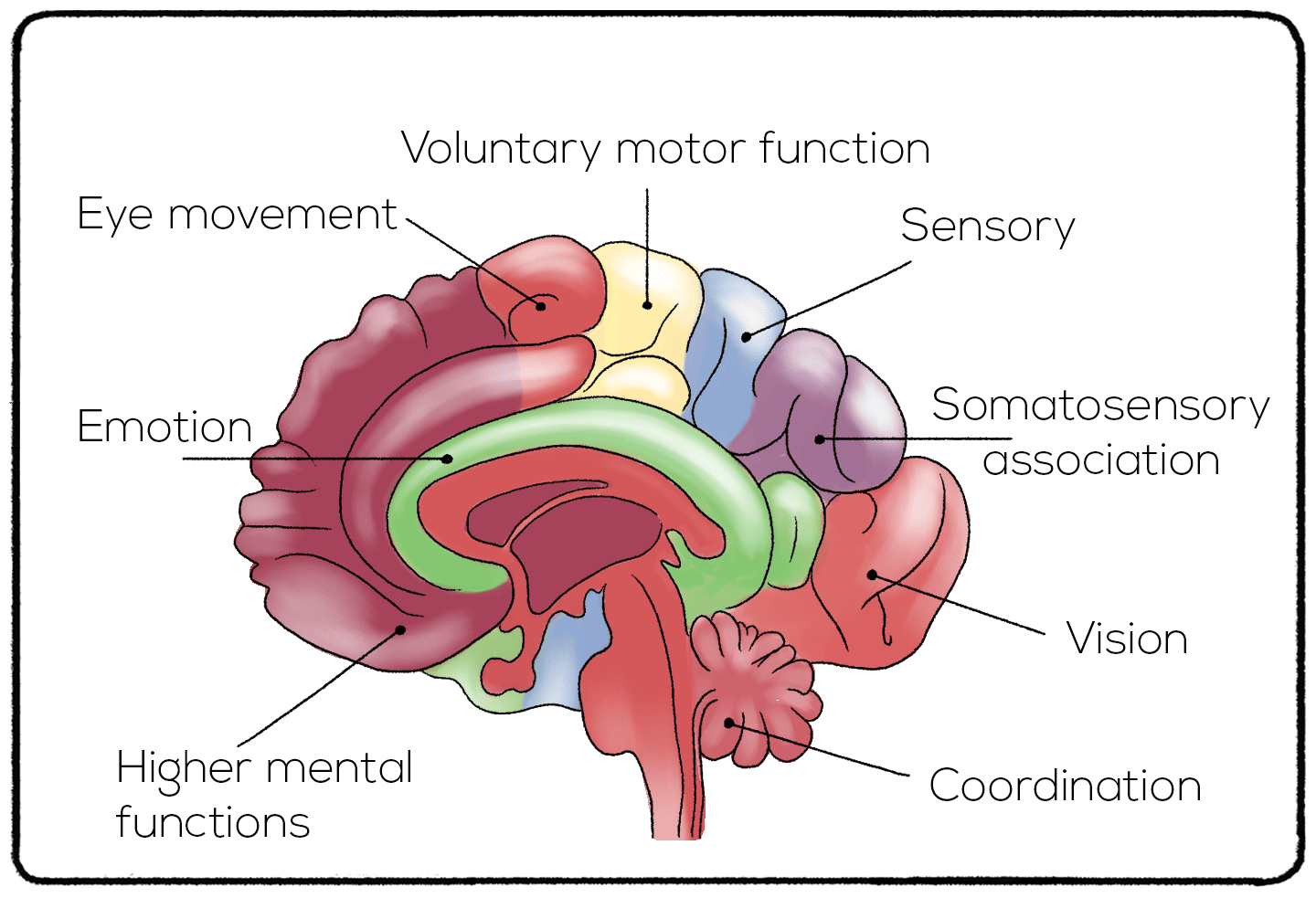One of baseball's most intricate skills is discerning whether a pitched ball will land within the 'strike zone.' This zone is an invisible window through which pitchers aim to send the ball. The batter's challenge? To instantaneously decide if the ball, often hurled at speeds exceeding 100 mph, will pass within this zone and if they should swing.
However, not every baseball enthusiast or novice can instinctively determine the trajectory of such a rapidly pitched ball. Imagine a person who has never encountered baseball. For them, tracking the ball as it rockets from the pitcher's hand would be bewildering. It’s about physical reflexes and mental prediction based on experience.
So, how do professional baseball players master this almost superhuman skill? Through repeated exposure, practice, and experience, players refine their ability to predict and respond to these high-speed pitches. They don't just "see" the ball; they anticipate its path based on subtle cues like the pitcher's hand position, arm angle, or the ball's spin.

This phenomenon of refining and enhancing sensory skills through experience is termed perceptual learning. Over time, players tune their senses, much like a musician learns to pick out a single note in an orchestra. Through perceptual learning, they transform a blur of motion into a readable pitch, enabling those split-second decisions that differentiate a rookie from a seasoned pro.
What Is Perception?
Before we start talking about perceptual learning, let’s talk about perception. Perception is how we identify, categorize, and make sense of sensory stimuli. When baseball players are up to bat, they have a lot to see. They can see the green grass on the ground, the pitcher in front of them, and the stadium's structure. These shapes, colors, and forms don’t have meaning until we assign meaning to them through perception. Without perception, the pitcher would be a strange set of colors and shapes!
Perception is not just one process of making meaning to stimuli. After all, our senses include sight, smell, taste, sound, and feel. We can break perception down even further as well. Visual perception consists of motion perception, depth perception, and form perception. This process helps us identify shapes on a page as letters or the size of a baseball coming our way.

You probably don’t have to think too hard about recognizing grass on the field or understanding that a baseball is coming right toward you! But the first time you saw a baseball, grass, or a person in a baseball uniform, you couldn’t recognize what you saw.
With enough perceptual learning, perception happens at a subconscious level. And, with the right types of perceptual learning, making meaning of the things you see can happen faster and faster.
What is Perceptual Learning?
Perceptual learning is the process of learning how to perceive the world around us. A lot of perception happens between the first time you see a baseball and the first time you hit a home run. During that time, perceptual learning allows you to recognize the ball’s form, the speed at which it’s coming, and how you need to move the bat to hit it.
The more you undergo perceptual learning, the more connections are made in the brain. The more you undergo perceptual learning, the faster the process of perception happens. With enough perceptual learning, the brain begins recognizing patterns, knows what to focus on, and can confidently make meaning of stimuli.
When Does Perceptual Learning Happen?
Decades ago, psychologists thought that perceptual learning only occurred at the early stages of development. They observed children playing and recognized it as perceptual learning. But psychologists have changed their tune. Perceptual learning doesn’t just occur in childhood. Adults can also undergo perceptual learning and build their skills. With the right types of perceptual learning, an adult can learn how to see a baseball moving at 100 mph or distinguish between two musical notes.
Forms of Perceptual Learning
If children play, adults practice. (Don’t worry, adults can play, too!) Perceptual learning essentially explains the phrase “practice makes perfect.” As you continue to play baseball and practice these skills, you allow yourself to form new connections in your brain and improve the speed at which you make meaning of stimuli.
Perfect Practice Makes Perfect
Four hours a day at the batting cages will tremendously help some people hit a baseball. Four hours a day will help others until the player reaches a plateau.
Vince Lombardi once said, “Practice does not make perfect. Only perfect practice makes perfect.” And he’s right! Repeating an action over and over will not make those connections in the brain necessary for building skills. Other factors play into whether a practice is perceptual learning.
Practice Vs. Perfect Practice
What makes practice “perfect?” Let’s explore a few different ways.
- Focusing more during practice is a form of perceptual learning. Mindlessly hitting baseballs while you think about your grocery list will not help you build skills. Focusing on each swing and your technique will give your mind more to process and more opportunities to build your skills.
- Intentionally trying new things is a form of perceptual learning. Have you ever heard the phrase, “The definition of insanity is doing the same thing over and over again and expecting a different result?” That is also the definition of imperfect practice. There are many different ways to hit a baseball. There are many ways to stand at the plate or grip the bat. Intentionally trying something new is more likely to yield a different, and hopefully better, result.
- Assessing the results of your batting practice is a different skill than stepping up to the plate and swinging. This creates more connections in the brain and gives you more information on your growth, skills, and where you are going.
What is the best way to practice the skills you want to learn? I can’t tell you in this article. If you have a goal you want to hit or a skill you want to build, it’s essential to reach out to experts who have engaged in perceptual learning and can help you turn practice into perfect practice.

